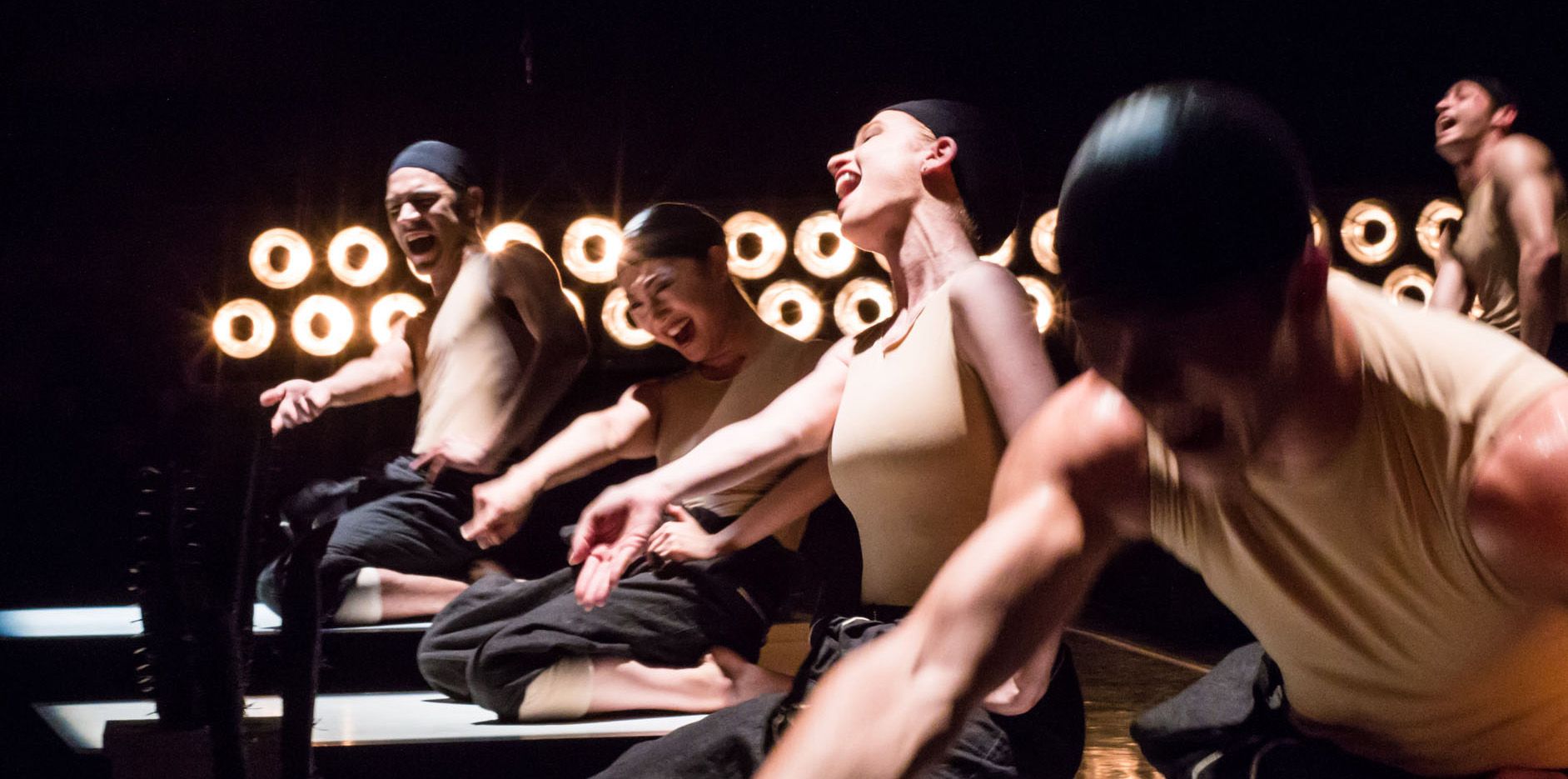Dance Open Anniversary Season will have on agenda 3 one-act ballets of Dresden Ballet Company, all different in their style and choreography language. Nevertheless, there is one common feature between them: an attempt to reveal the meaning of dance in our lives. Some people are searching for an answer in a different cultural and mental space while the others take an ironic attitude when addressing their works to ballet critics as they try to clear the genre from excessive and superficial interpretations. In other words, all three masterpieces approach the audience directly, without intermediaries.
TANZSUITE
Choreography: Alexei Ratmansky
Music: Richard Strauss
IM ANDEREN RAUM
Choreography: Pontus Lidberg
Music: Max Richter
CACTI
Choreography: Alexander Ekman
Music: Franz Schubert, Ludwig van Beethoven, Joseph Haydn
Artistic director of the Semperoper Ballet Dresden Aaron S. Watkin

